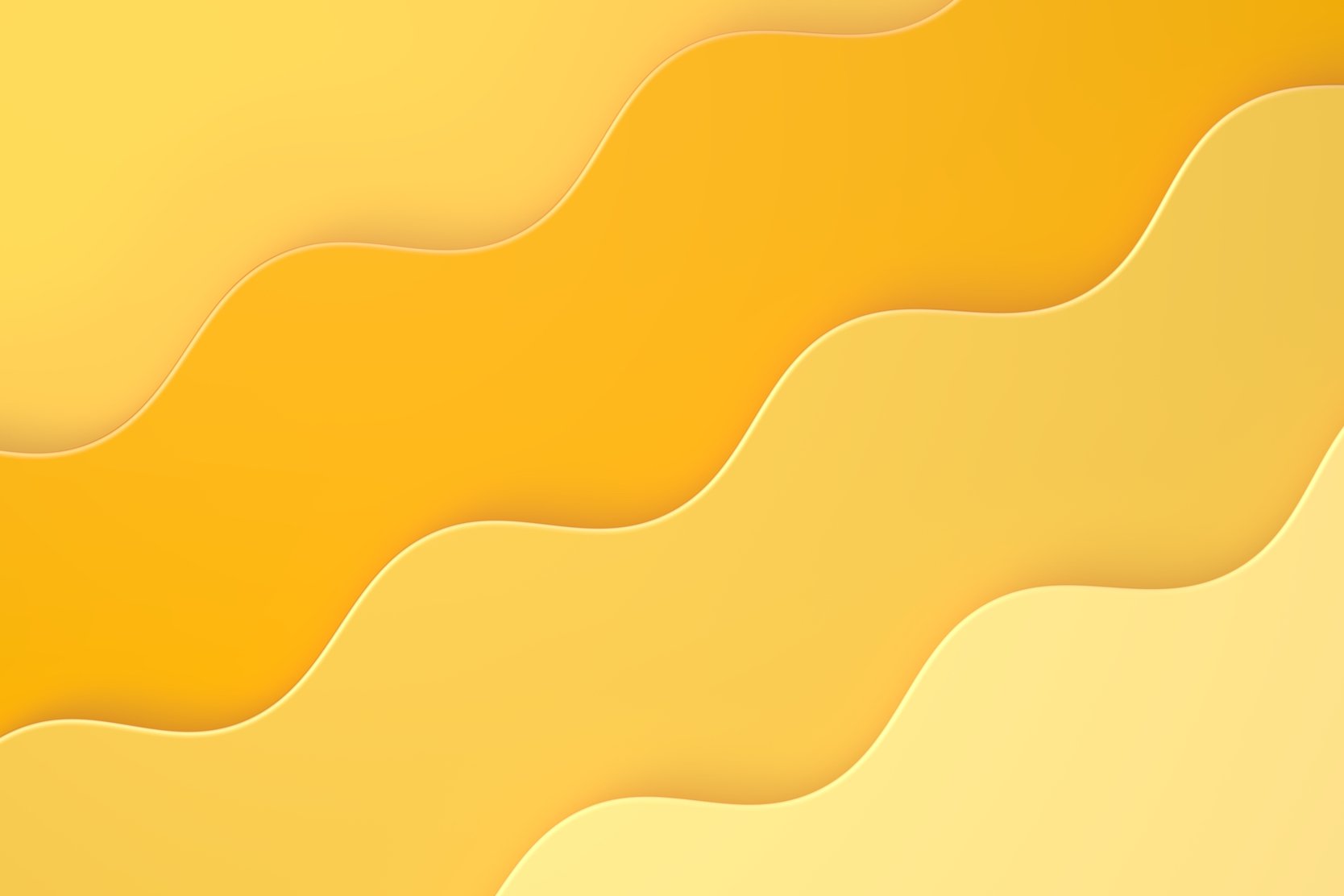Staff superheroes
It’s a bird. It’s a plane. It’s a window washer! Dressed as a superhero to clean and brighten your day.


A ventricular septal defect (VSD) is the most common congenital heart defect, or heart defect that's present since birth. Children born with a VSD have a hole in the heart wall, called the septum, that separates the left and right lower chambers, called the ventricles. If the hole is large, too much blood is pumped into the lungs, making the heart work harder than normal. This may lead to congestive heart failure. Congestive heart failure does not mean the heart has failed or stopped; it means one or more chambers of the heart fail to keep up with the volume of blood flowing through them.
Most patients with a VSD were born with the condition, but the defect does occur, in rare cases, in adults after a heart attack.
Small ventricular septal defects (VSD) typically don't cause symptoms. However, larger VSDs can overwork the heart and cause the following symptoms:
To diagnose ventricular septal defect, your child's doctor will conduct a thorough medical exam. The following tests may also be performed:
Many ventricular septal defects (VSDs) are small and close on their own during childhood and adolescence without treatment. However, larger VSDs and those causing heart problems require repair, preferably in the first two years of life before serious heart problems develop.
Depending on the size and location of the VSD, open heart surgery or a less invasive procedure using a synthetic patch will be used for repair.
VSDs repaired with a synthetic patch use a technique called cardiac catheterization, which is performed in our Pediatric Cardiac Catheterization Laboratory.
A catheter is a thin, flexible tube inserted through a tiny incision in the groin into the blood vessels and threaded through the vessels to the heart. Catheters can carry devices to patch the heart.
Several devices are available to patch holes in children's hearts. The type and size of the device is chosen after X-ray and echocardiogram images determine the size and location of the hole. Sometimes more than one device is needed to close the hole.
During cardiac catheterization, a folded patch is guided through the catheter until it reaches the proper position. It is unfolded to fit over the hole in the heart. The procedure takes about three hours. Most patients stay overnight in the hospital and go home the next day.
Within three months, the lining of the heart wall grows over the patch and seals the hole. Patients take medication, usually daily aspirin, for six months after the patch is placed to thin the blood and prevent blood clots while the heart heals.
UCSF Benioff Children's Hospitals medical specialists have reviewed this information. It is for educational purposes only and is not intended to replace the advice of your child's doctor or other health care provider. We encourage you to discuss any questions or concerns you may have with your child's provider.
 20
20

Best in Northern California for cardiology & heart surgery

Ranked among the nation's best in 10 specialties
Staff superheroes
